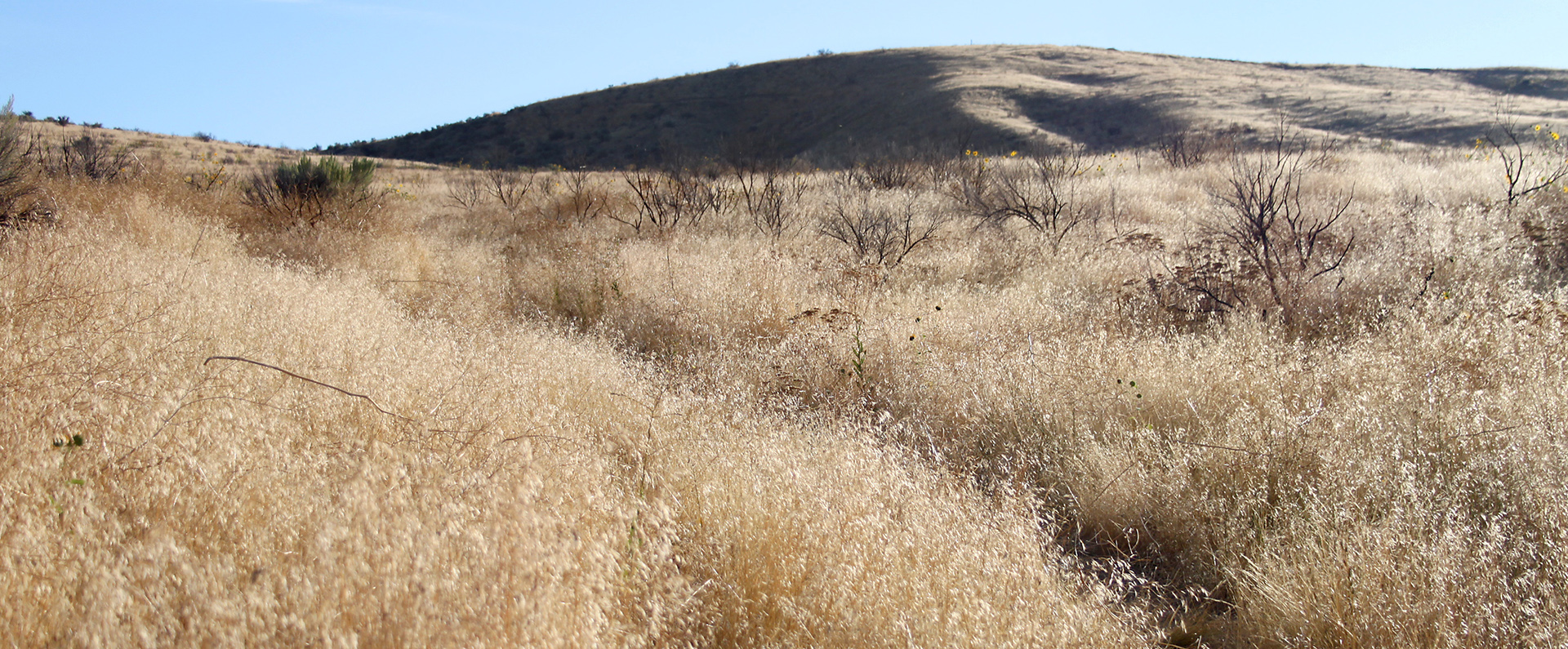Giving the Home Team an Advantage

How ARS Scientists are Helping Native Plants Thrive
ARS scientists in Burns, OR are giving native plants — and the ecosystems they support — a helping hand by combatting invasive plants. Invasive plants, which are brought in from outside the ecosystem, spread prolifically and can damage the regional or local environment. One significant example is cheatgrass growing on our rangelands. This invasive plant, along with some native weeds, competes for the same resources as beneficial native plants, and affects millions of acres of land in the U.S. In many areas, it can also create ideal conditions for spreading wildfires.
To blunt the impact of invasive plants, the scientists in Burns are conducting several projects designed to help restore regional and local ecosystems to their original condition and function, like re-planting native species in ways that favor their survival. In doing so, they are supporting not just the native plants, but the ability of those plants to provide valuable ecosystem services, like preventing erosion and maintaining soil health. Healthy soil, in turn, forms the foundation of all the activities we depend on, from growing the crops that feed us and our animals to providing clean air and water.
Watch our video Rangeland Restoration to learn more.



